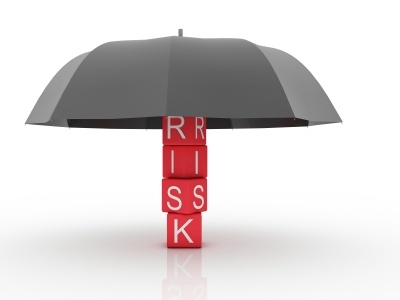The safety of corporate travellers is and must be of primary importance on business trips. In an environment like business trips, which, by their very nature, put employees in unfamiliar or uncontrolled situations, there are precautions and responsibilities that the company must take.
The duty of care is the legal responsibility that puts companies under obligation to assist and protect its corporate travellers when they are on a business trip. Aside from the ethical considerations, there is a growing tendency towards considering companies to be responsible for their employees’ safety, both at a legal level and in terms of public opinion.
 The company’s responsibility includes aspects before and during the trip.
The company’s responsibility includes aspects before and during the trip.
The areas in which this responsibility applies involves measures to be taken both prior to and during the trip. Providing the corporate traveller with adequate information before they head to their destination can be vital so that they are able to react in case of an emergency. Particularly when travelling in certain countries, employees must have access to sufficient information to have a clear idea of the circumstances in which they are making the trip.
Meanwhile, during the trip, the company has to be able to locate, communicate with and, if necessary, help their employees. In case of an emergency of any kind, the company must be able to react.
More effectively organizing the way in which the company manages this set of responsibilities to provide the best service to their employees is not only a moral duty but also a legal one. All of these factors are brought together in the travel risk management plan. The suppliers of this type of services plays a key role here, as the infrastructure required to complete this task tends to need the services of a specialist supplier.
A mature risk management plan includes factors related to the assessment, dissemination, reduction, monitoring and response to risk.
The plan must contain guidelines covering the early identification, planning and execution of measures. Details must be included on which channels the information should be provided on, the need for specific training, crisis management, the mechanism of risk transfer to insurance firms and medical issuers, etc. The GBTA offers a handy tool for evaluating the maturity of travel risk management programmes.
Image(s): FreeDigitalPhotos.net





